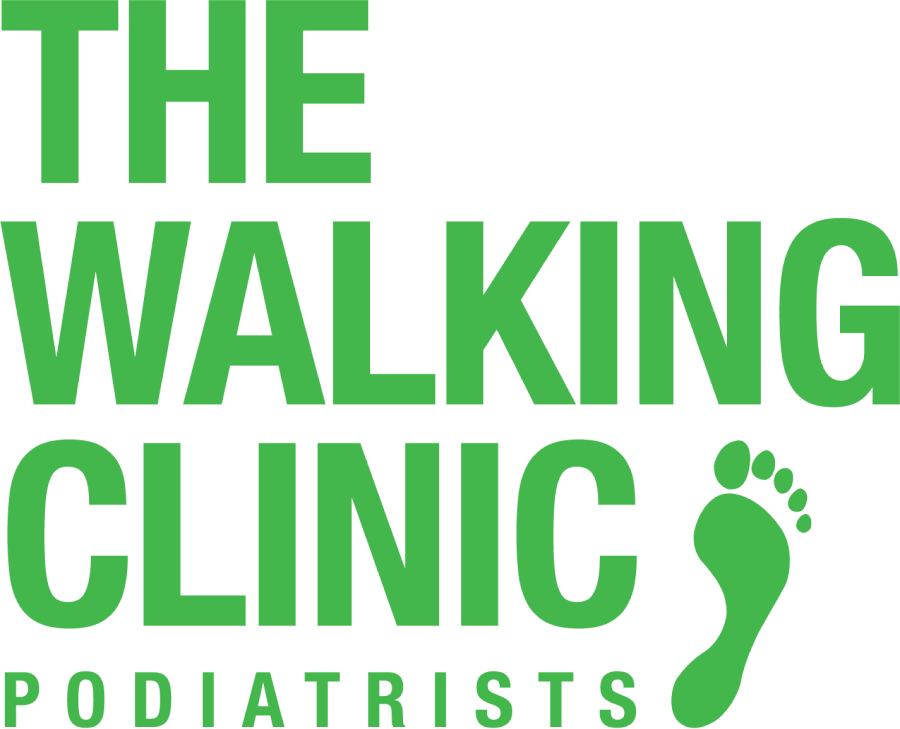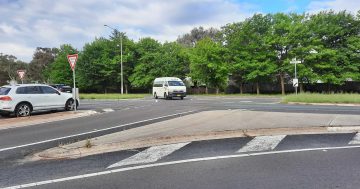 I was heading Eastbound on Southern Cross Drive just before 6pm this evening (23rd July) and saw the aftermath of what appeared to be a single car accident on the other side of the road (Westbound) – this was the intersection of Southern Cross Drive and Chave Street (Holt)
I was heading Eastbound on Southern Cross Drive just before 6pm this evening (23rd July) and saw the aftermath of what appeared to be a single car accident on the other side of the road (Westbound) – this was the intersection of Southern Cross Drive and Chave Street (Holt)
What had caught my eye was a guy in the middle of the road waving furiously in attempt to warn oncoming westbound traffic that there had been an accident. I did a U turn just up the road and parked my car about 50 metres back from the intersection (blue dot) and put my hazard lights on (a) to provide some warning that there was a problem up ahead and hopefully slow the traffic down and (b) to force traffic to the centre lane to avoid the car (red dot – car 1) that was nose in to the curb and blocking the curb-side lane.
The guy that was doing all the waving had called for an ambulance and asked me to check that the lady who was sitting in car 1 was alright as she was obviously dazed. I spoke with the lady and reassured her that assistance was on the way and used my mobile so that she could call her husband. Fortunately a trained nurse pulled up and was able to assess the situation properly.
Whilst this was all happening I was amazed at the behaviour of the drivers going past the accident. I swear people were speeding up to get past and squeezing and jostling to get into the single lane. There was a lot of wreckage strewn across the road (large chunks of broken plastic and glass) and I am surprised that there wasn’t another accident the number of times I heard cars locking up their brakes. Unbeknownst to me at the time there was a second car involved (red dot – car 2) that had gone across both lanes and ended up amongst the trees in someones front yard.
Within about 5 minutes, two fire tenders and a police car were onsite and the fireys were attending to the woman in the first car and driver (and possibly passengers) in the second car. 3 minutes later an ambulance arrived – the woman in car 1 was given some oxygen by the paramedics.
I hung around for a couple more minutes before heading off as there was nothing more I could do and the police had the traffic under control by that stage. Besides a big yellow fire engine tender with their halogen spot lights and flashing lights parked across the road is far more effective than a sedan with hazard lights.
A couple of observations:
- If you see a car with hazard lights flashing this is not an immediate invitation to speed up and squeeze into a single lane to get around it. They tend to be called “hazard lights” for a reason.
- To the guy that was standing in the middle of the road trying furiously waving to warn motorists and slow the traffic down – Sir, you need to be congratulated on what you did, that took balls, and I’m amazed you didn’t end up a statistic yourself.
- Can anyone suggest how I go about putting myself on a proper First Aid course. I’d much rather be able to assist properly next time I’m in a similar situation. I felt somewhat awkward and helpless as all I could do was reassure the lady in the first car that help was on the way.





















